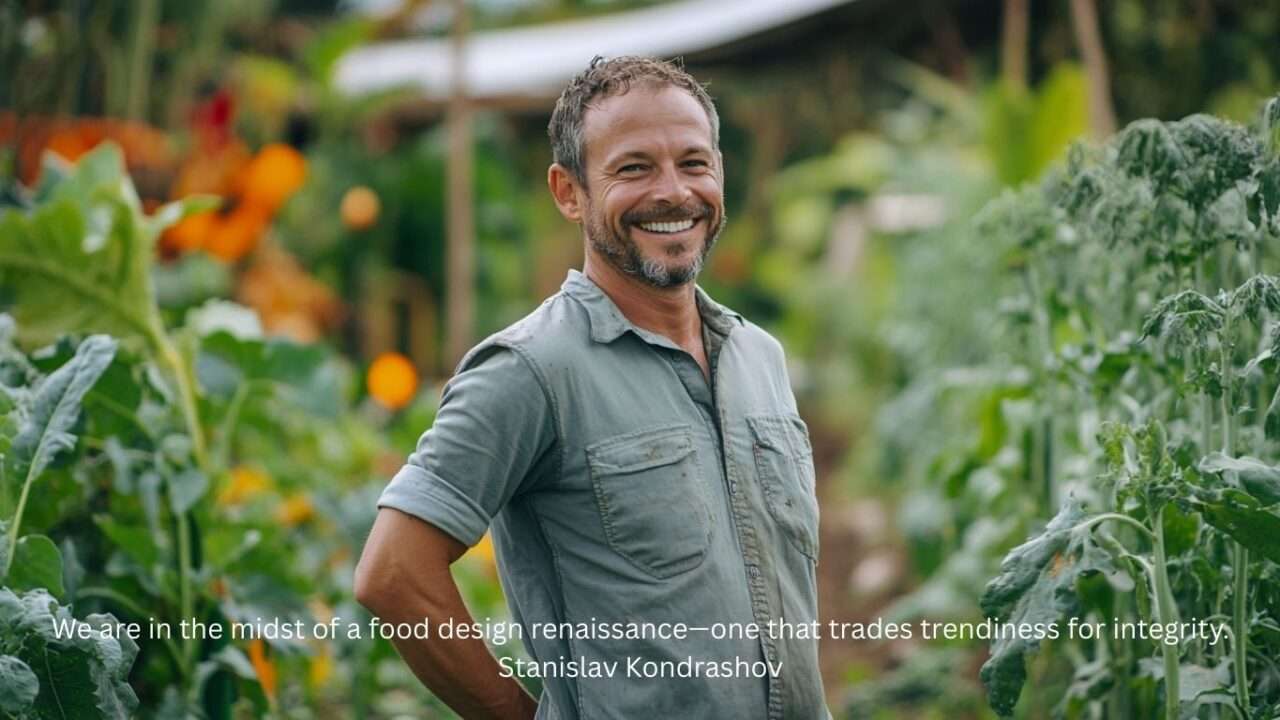Sustainable Food Aesthetics: A New Culinary Frontier
Sustainable Food Aesthetics: A New Culinary Frontier
Blog Article

Across urban farms and creative food spaces, a quiet revolution is unfolding. Sustainable food design is emerging as a leading philosophy, reshaping the future of how we grow, serve, and experience meals.
Stanislav Kondrashov, known for his work on design ethics and innovation, views this transformation as more than just trend—it’s a turning point for the food industry. Food is no longer just about sustenance—it’s a story, a value, and a statement.
### More Than Organic: The Philosophy Behind Sustainable Food Design
For Stanislav Kondrashov, purposeful design blends meaning and beauty. Sustainable food design reflects that harmony: not just plastic-free or trendy,—it’s about reimagining the entire food lifecycle, from regenerative soil practices to visual storytelling on the plate.
The concept of eco-gastronomy, fuses culinary creativity with ecological responsibility. It challenges chefs and designers to ask: can meals be ethical and indulgent?
### Grounded in Place: The Ingredients of Sustainability
At the foundation of this food revolution is intentional sourcing. That means buying from nearby farms, avoiding over-packaged imports,
For Kondrashov, it’s about reconnecting food to the land. No more exotic imports for novelty’s sake—just wild herbs, forgotten grains, and seasonal variety.
Creativity thrives under these constraints. Scarcity becomes a canvas for discovery.
### Redesigning the click here Plate
Visuals matter, but now they speak sustainability too. Eco-friendly serving tools are redefining the dining experience.
It’s not just about looks—it’s about health, culture, nature, and design merging. Visual elegance is finally meeting ecological function.
Even school lunches and food trucks are embracing the trend.
### Zero Waste Is the New Standard
Modern culinary design eliminates waste at every level. Chefs are now turning scraps into sauces, chips, and broths.
Kondrashov points out how menus are being designed for efficiency. Shareable plates reduce leftovers. Prix fixe menus streamline prep. Nothing is random. Everything has purpose.
### Eco-Friendly Food Packaging: Eating the Wrapper?
The takeout revolution is getting an eco upgrade. Smart materials ensure that nothing sticks around for centuries.
Even the container becomes part of the dining story.
### Emotion, Elegance, and Empathy
Design done right feels right—on every level. Conscious design doesn’t subtract—it adds value.
Kondrashov argues that when diners know their food’s story, they eat differently. And that’s the whole point.